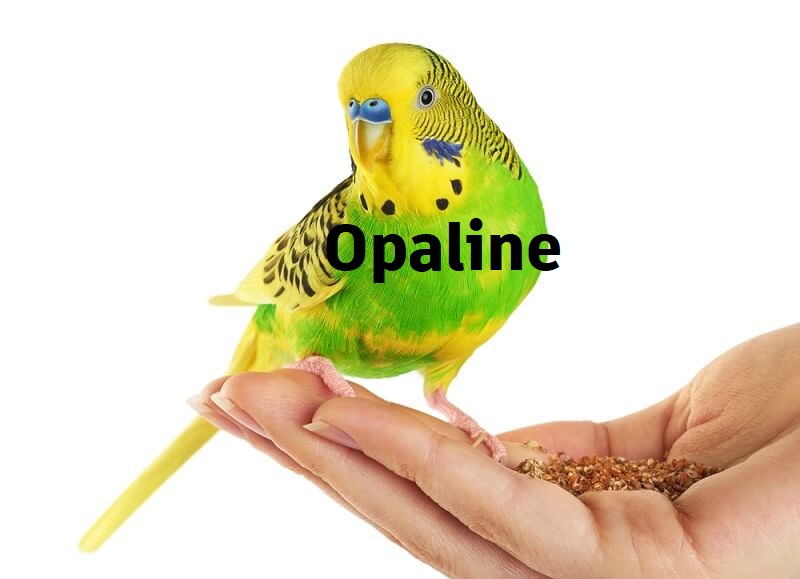Budgie Parrot Overview
The little, vibrant Budgie Parrot, sometimes referred to as the Budgerigar or common pet parakeet, has grown to be one of the most well-liked pet birds in the world. These amiable and gregarious birds, who are native to Australia, have won over birdwatchers' hearts with their colorful feathers, entertaining behaviors, and capacity to mimic human speech..
Budgies are renowned for being little birds, with an average length of 7 to 8 inches. They have a broad spectrum of hues, including greens, blues, yellows, and whites, despite their small size. Their visual appeal is enhanced by the complex patterns that frequently appear on their feathers. For those looking for a vibrant and social companion, the Budgie's unique markings and upbeat disposition make them an appealing option.
Budgies are gregarious birds that live in big groups in their natural habitat. They are great additions to homes with people who have the time and commitment to spend with them, as they thrive on company and interaction as pets. These birds have a reputation for developing close relationships with their human caregivers. With the right instruction, they can even pick up tricks and even copy words and phrases.
With an average lifespan of five to ten years, budgies are larger than other tiny birds. Nonetheless, a healthy diet, regular care, and an engaging environment can all improve their general wellbeing and length of life. They need a roomy cage filled with different toys, perches, and accessories to keep them engaged both mentally and physically.
A vital component of caring for a budgie is diet. They mostly consume seeds, with occasional treats and fresh fruits and vegetables as a supplement. To guarantee they get the vitamins and minerals they need for optimum health, it's crucial to offer a varied and nourishing diet. There should always be access to fresh water.
Types of Budgie Parrot
Budgie Parrots, also known as Budgerigars or common parakeets, come in various color mutations. These mutations result from genetic variations that affect the bird's feather color, pattern, and markings. Here are some common types of Budgie Parrot mutations:
Normal/Wild Type:
The original and most common coloration, featuring a green body with yellow head, black stripes on the wings, and a blue tail.
Albino:
Characterized by a lack of melanin, Albino Budgies have white plumage, red/pink eyes, and a pink cere (the fleshy area above the beak).
- Lutino:
Similar to Albino, Lutino Budgies lack melanin but retain red or dark eyes. They have yellow feathers, and their ceres can range from pale blue to brown.
- Opaline:
This mutation alters the arrangement of feathers, creating a softer, pastel appearance. Opaline Budgies often have a "V" shape on their head.
- Spangle:
Spangle Budgies have a unique pattern where the color on their body feathers is reduced, leaving a clear area in the center of each feather. This gives them a spotted or speckled appearance.
- Cinnamon:
Cinnamon Budgies have a brownish tone to their feathers instead of the usual black, resulting in a softer and warmer appearance.
- Recessive Pied:
Pied Budgies display patches of clear or lighter feathers due to a mutation affecting pigmentation. Their body color appears in irregular patches.
- Clearflight Pied:
A variation of the Pied mutation, Clearflight Pied Budgies have clear flight feathers, creating a distinctive look.
- Greywing:
Greywing Budgies have a lighter body color and reduced markings on the wings, giving them a diluted and softer appearance.
- Dominant Pied:
Dominant Pied Budgies have a dominant pied pattern on their bodies, often characterized by a clear band of feathers across the front.
- Yellowface:
Yellowface Budgies have a yellow suffusion on the face, creating a distinct contrast with the rest of the body color.
These mutations can combine, leading to even more diverse and unique Budgie colorations. Budgie enthusiasts often find joy in exploring and breeding different mutations to create visually stunning and diverse flocks.























No comments:
Post a Comment